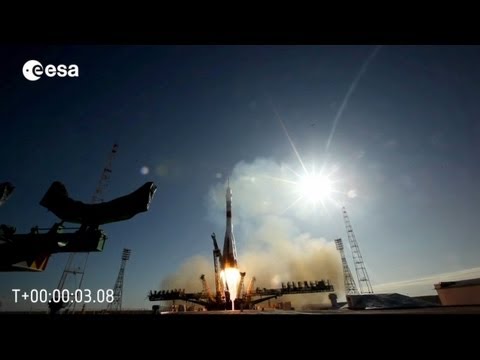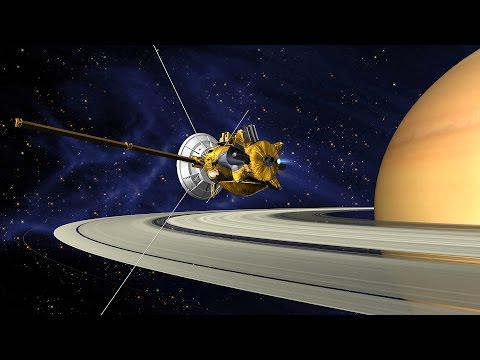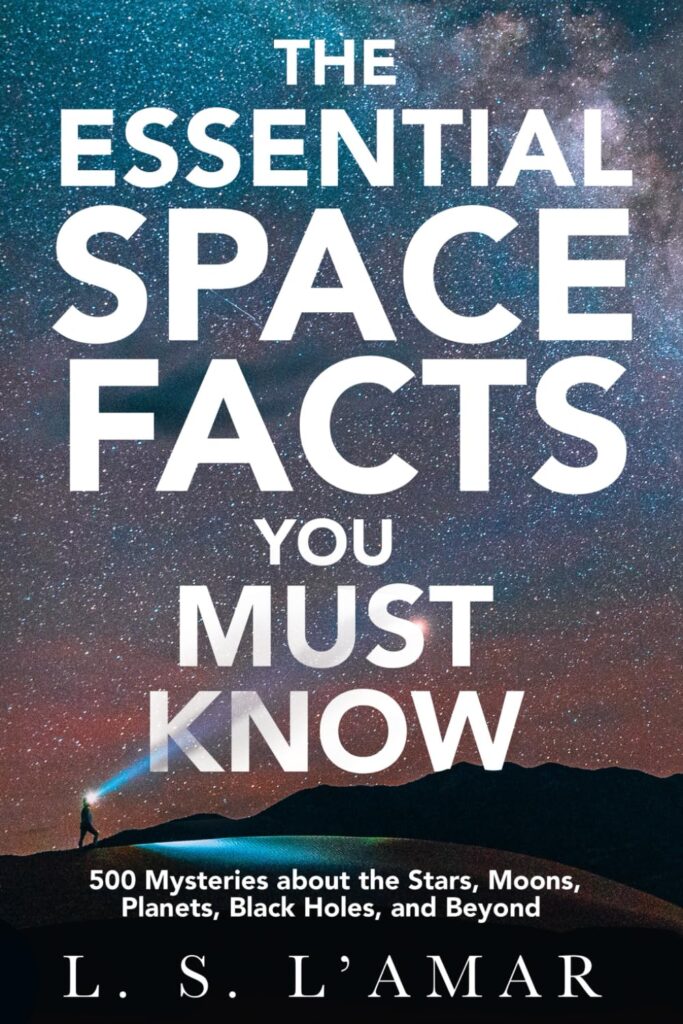The Most Anticipated Space Missions of 2022 | SciShow News
[♪ INTRO] If you’re a fan of space exploration, 2022 is shaping up to be a don’t-miss year. Like, we’ve got one mission that’s been 30 years in the making, another hoping to study oceans millions of kilometers away, and also, a mission headed to the Moon. So at least when it comes to space… it should be a good year. First, we’ve got the launch of the James Webb Space Telescope. In theory, the telescope already launched, as early as December 22, 2021. But we’re filming this about a week before that, so we won’t make any promises, because this thing has been on a long and winding road to space over the last 30 years. Like, brainstorming for this telescope started in 1989. The incredible effort, more than ten billion dollars, and numerous delays involved in getting the Webb off the ground have been partly due to its mission. Its goals include everything from studying distant planets, to teaching us how galaxies evolve, to understanding when and how the earliest stars formed. These are big tasks! For instance, Webb will have to observe stars so far away that their light has taken 13.5 billion years to reach us. One of the tricky things about that, is that the universe is expanding, so the light from these stars stretches as it travels toward us. And by the time it arrives, those light waves have been stretched so much that they are no longer visible to the human eye. Instead, they are infrared light, which we experience as heat. So, for the JWST to detect it, the telescope has to get away from all the other heat sources on Earth. In fact, it will have to travel 1.5 million kilometers into space. Then, it will have to assemble a giant, foldable mirror and a sunshield the size of a tennis court to block the heat from the Sun. And if something goes wrong, it will definitely be too far away for us to fix it. Engineers have identified 344 possible places where a single failure could render the whole telescope useless. Still, if we have a working telescope once it’s all over, there is an incredible amount we could learn. So… fingers crossed. Next is the European Space Agency’s JUpiter ICy moons Explorer, aka JUICE, which is scheduled to launch this summer or early fall, if all goes well. After that, the orbiter will reach the Jupiter system around seven and a half years later. It will spend some time learning about Jupiter. But the real attraction is three of Jupiter’s moons: Ganymede, Callisto, and Europa. Specifically, what might lie beneath their icy surfaces. Over the years, we’ve discovered big hints that watery oceans lurk beneath their crusts; things like possible water plumes erupting from Europa, or evidence of water vapor in Ganymede’s atmosphere. And now, JUICE is going to learn more, by doing numerous flybys. JUICE is going to teach us about the moons in general. It’ll map their surfaces, study the compositions and characteristics of their crusts, and will also study Ganymede’s unique magnetic field and how it interacts with Jupiter. But the orbiter will also attempt to confirm whether there are liquid oceans down there, and what those oceans might be like. It will even look for evidence that these oceans could harbor life. As part of that, JUICE is gonna do a special scan of Europa, which is the most likely of the three moons to be habitable. Because, among other things, its ocean might be a little warmer than the ones on Ganymede and Callisto, thanks to geologic activity under the surface. So, JUICE’s special scan will search for organic molecules in Europa, which are the foundation for life as we know it. Finding them wouldn’t be a confirmation that we have neighbors in the Jupiter system, but it would give scientists a place to keep looking. Still, in the end, maybe we will not find life on Jupiter’s moons. But with missions like this, we will learn more about what these moons are like, and what it takes to have a liquid ocean that far from the Sun. And finally, we’ve got NASA’s Artemis I, which is headed to the Moon in February! This mission is a key test for future Artemis missions, which aim to put the first woman and the first person of color on the Moon by 2024. After that, the goal is to establish a long-term presence on the Moon, and to use what we learn there to get to Mars. For now, though, Artemis I will not have a crew, because there is a lot of equipment to test before astronauts get onboard. Including the rocket. The Artemis missions depend on NASA’s Space Launch System, or SLS, which was designed to have the most thrust of any rocket ever flown. Except, it hasn’t actually flown yet. Artemis I will be the first launch for SLS, and the first test in combination with Orion, a spacecraft designed to carry astronauts to the Moon and, someday, to Mars. So, it’s no surprise Artemis I will not have a crew. For this mission, SLS will launch Orion into space. Then, the spacecraft will travel to the Moon, get in orbit, and stay long enough to be assessed by mission control. And after that, it will make its way home to test its splash-landing. The whole trip will take about three weeks, and hopefully, it will pave the way for people to study the Moon up-close and in-person for the first time in nearly 50 years. Now, space exploration is complicated, so there’s a chance that some of these missions might not go as planned. Like, as I’m filming this, I still don’t know what’s gonna happen to the James Webb Space Telescope. And even when things go perfectly, none of these missions are gonna give us big results, like, tomorrow. Still, these are such exciting beginnings, and they have the potential to change the way we think about space travel, and even the way we think about the universe. And after these missions get ready for lift-off, after the new year, SciShow Space News will be landing on a permanent hiatus. Still, we are going to be posting two episodes of SciShow Space a week to bring you the biggest stories in space news as they happen, there just won’t be a News episode every week! It’s been our great pleasure to bring you the latest and greatest stories from space, and we look forward to learning more with you in the new year. And as always, thank you all for your support, SciShow would not be what it is without you! [♪ OUTRO]














